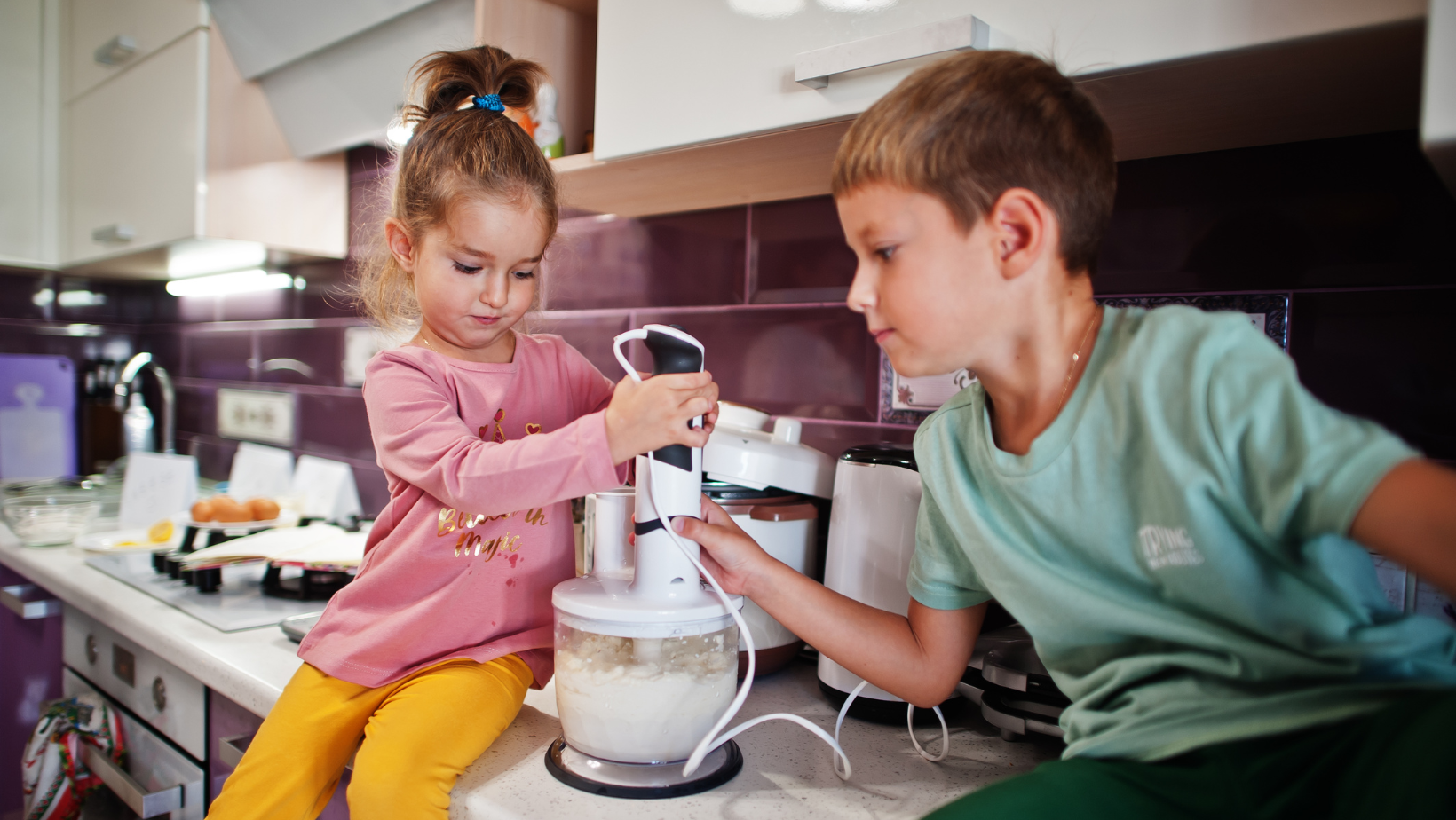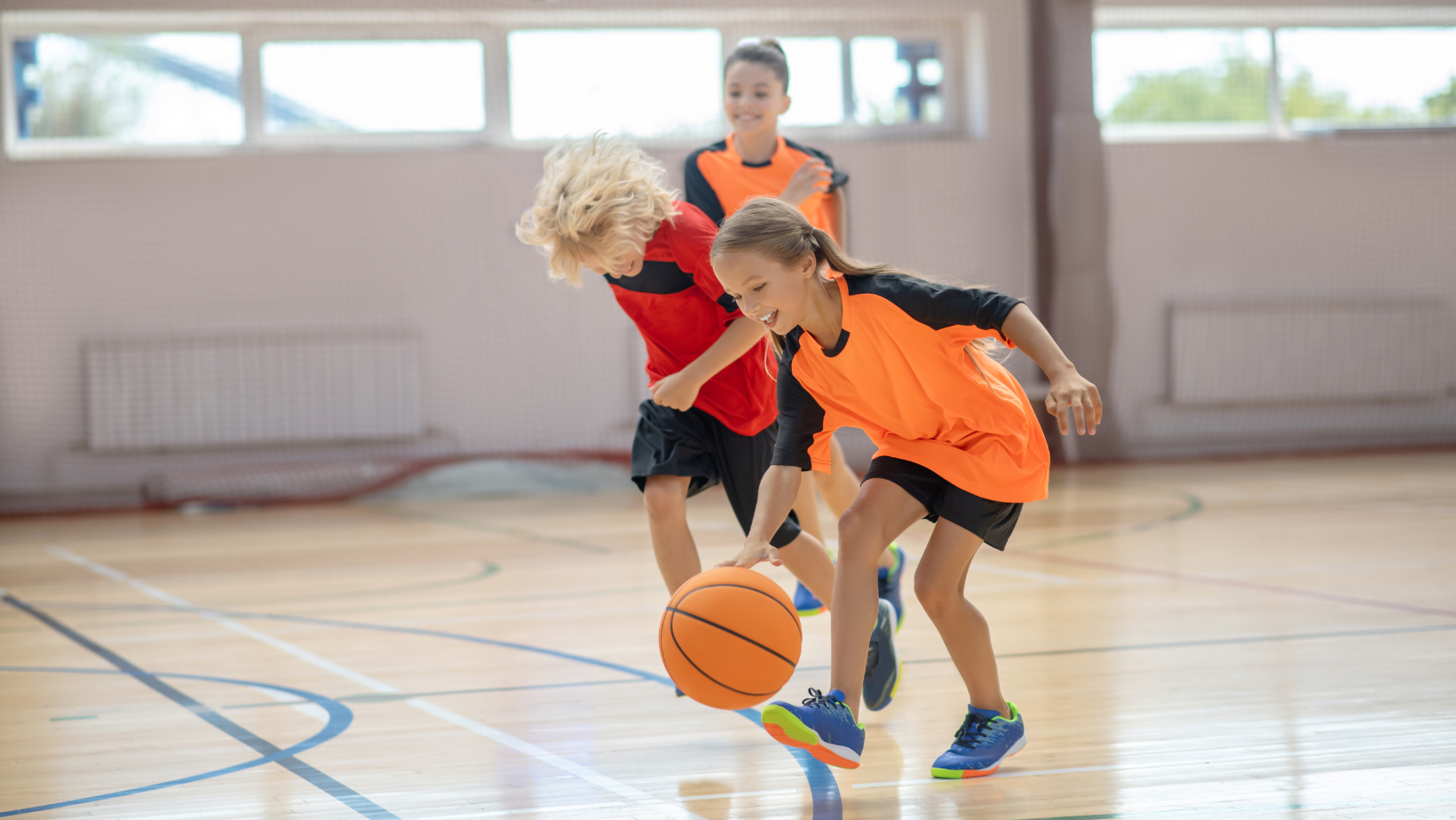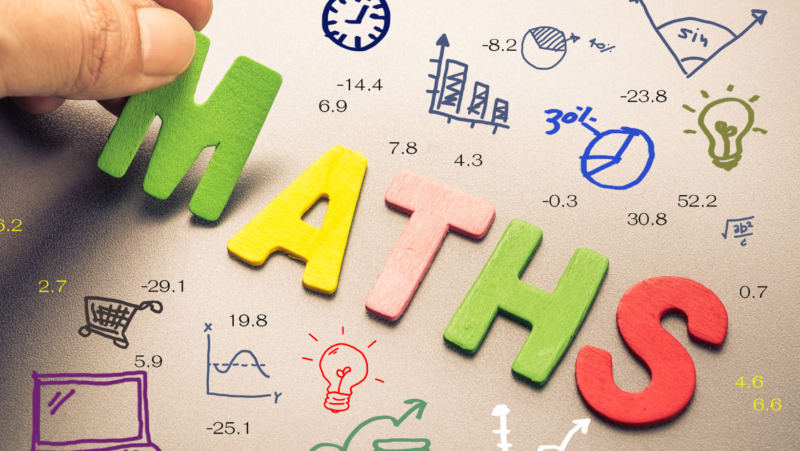Insights
Math in the Real World: Practical Applications of Elementary Math Skills
As a teacher, you’ve probably heard a student complain saying, “Why do I need to know this?” It is true that kids might not think they use math outside the classroom. Perhaps they think it is something only grown-ups use. Therefore, it is important to demonstrate to students how they use math on a daily basis.
Learning practical applications of math offers numerous advantages. It demonstrates to students the relevance of math in everyday life, dispelling the misconception that it is only useful in a classroom setting. This can help ease any anxiety or reluctance towards math. It can serve as a source of inspiration by exploring various career opportunities that require mathematical skills, encouraging students to pursue their interests in related fields. Understanding real-world math can enhance financial literacy, equipping students with the knowledge to effectively manage their finances now and in the future. Lastly, it can foster problem-solving skills by teaching students how to apply mathematical concepts to identify and address real-life challenges and develop critical thinking and analytical reasoning skills.
Throughout the year, help students see the many uses of math in their daily lives. Periodically taking a few minutes of a class to discuss math in the real world will keep them thinking about it all year long. One way to do this is to divide students into small groups. Give a topic and have them brainstorm together all of the math skills that could be used in that topic. As you circle the room, assign each group to explain to the class how a particular math skill would be used with the topic of the day. Make sure each group is assigned a different skill (i.e. addition, subtraction, fraction, money, measurement, etc.). Then discuss their answers as a class, perhaps with a word web showing the math skills related to the topic. Students could even submit topic suggestions to be used in future discussions! This would encourage them to keep thinking about how math is used in the real world.
Here are a few topic suggestions to get you started:
- Eating at a restaurant
- Grocery Store
- Football
- Doctor’s Office
- Holiday celebration
- Planning for vacation
- Birthday party
- Baseball
- Art class
- Baking
- Packing for a trip
- Nascar race
- Gardening
- Playing a musical instrument
- Video game
- Movie
Looking for class activities to show the practical application of math in the real world? Here are a few ideas to try!

Money skills discussion:
Ask your students if they’ve ever gotten money for their birthday or other occasion. Did they get paid for doing chores or helping with a project, like raking the yard or walking the neighbor’s dog? What did they do with their money? Let’s say a student replies that they bought a toy. How much did the toy cost? Did they have to save up for it or did they have enough money to pay for the toy that day? If they saved up for the toy, what math skill helped them know how much they had saved and how much more they needed to save to buy the toy? They should realize they needed to use addition and subtraction. Did they receive change back when they paid for the toy, and if so how much? Discussions like this help students realize how they have used mathematical skills related to money, addition, and subtraction.

Class trip:
Have your class pretend they are going to take a field trip – this could be camping, the zoo, Washington DC, a foreign country, etc. Students will need to work together to calculate the costs of airfare, hotels, entry fees, transportation, food, etc. Will each person be responsible for paying for everything on their own, or will the class have fundraisers to raise part of each person’s expenses? They will need to calculate travel distances and times. Pretend it’s a country with a different currency. Students will need to multiply or divide to be able to exchange their money for that country’s currency.

Baking or cooking:
Kids often love to help bake or cook. Depending on your classroom setup or school rules, baking or cooking in the classroom might not be an option. However, it could be an activity for students to participate in at home. Then students could report to the class how they used math in their experience, like measuring the ingredients, tracking cooking time, and using fractions to divide the food between their family members.

Sports:
Within any given classroom, there are bound to be several avid sports players and/or fans. Incorporate these interests into exploring practical applications of math in sports. Have students list all the uses of math in sports they can think of. This list may include tracking time with a countdown clock or stopwatch, recording scores and stats, measuring distances, determining angles or shape formation when determining where a ball should go or how a team should be arranged for a play, using fractions to divide a game into quarters or innings, creating or interpreting graphs to compare teams’ and players’ stats and to determine tournaments, etc.

Careers:
Many students may be able to tell you where their parents work. Could they explain how their parents use math in their job, though? Probably not. Have students interview their parents to learn how math is a part of their job. Then students can share their findings with the class. Some parents may even be willing to speak to your class to explain in person the use of math in their jobs. This activity will not only help students learn about various careers, but it will continue to show the relevance and uses of math outside of the math classroom.
As you can see, there are many ways to help students explore the practical applications of math in the real world. For more ways to integrate problem-solving activities in your math classroom, check out our Think Tanks.

The Think Tanks save teachers time by providing 12 imaginative sets of 20 task cards that increase in difficulty for scaffolded independence. Think Tanks complement any curriculum and are suitable for any setting: whole group, small group, or independent work.



